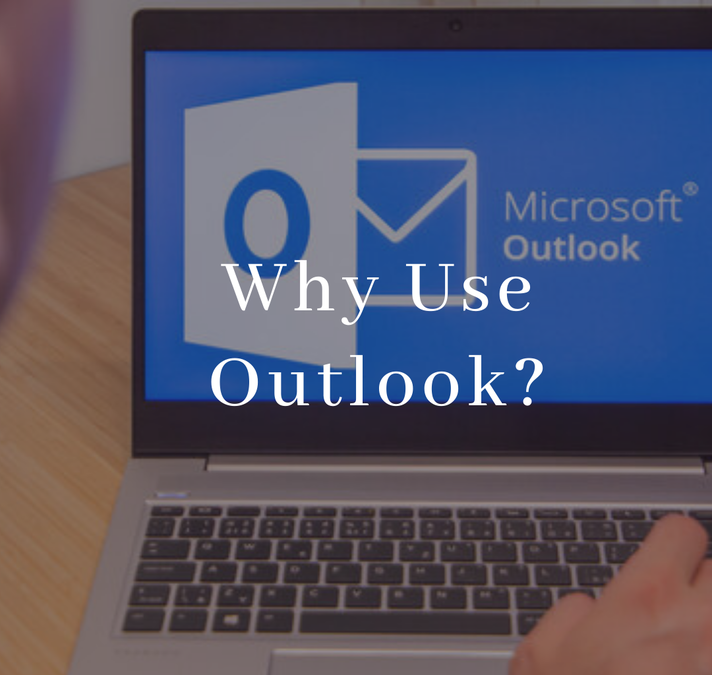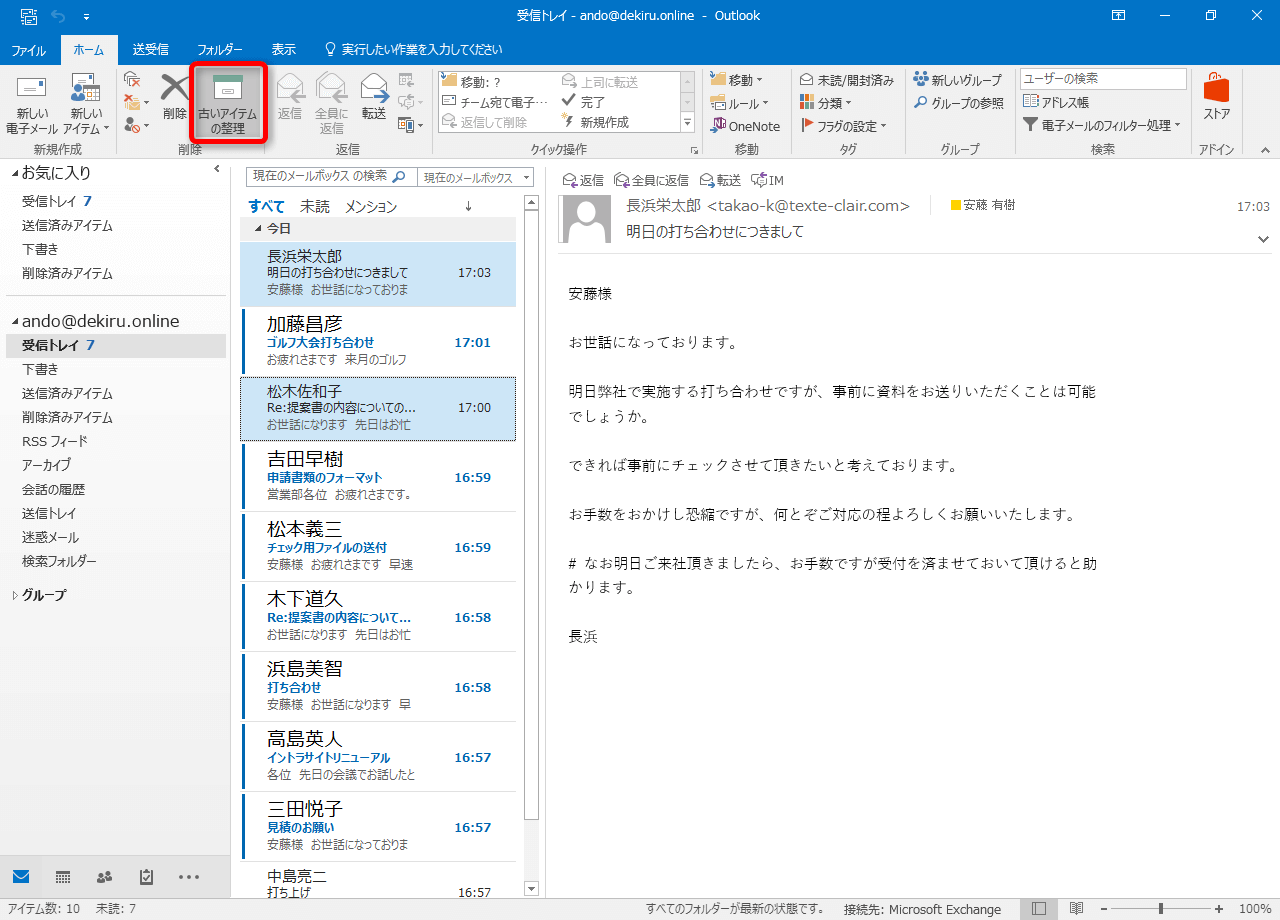
They could use the SMTP AUTH client submission protocol, which didn’t rewrite the From addresses. In the past, those wanting to send from aliases had a few options. We are excited to announce that we’ve reached the first milestone of this journey. To address these challenges, we started a journey toward making aliases first-class addresses in Exchange Online.

Today, business operations are much more challenging and complex, and activities such as mergers and acquisitions, rebranding, and other such changes have created the need for multiple identities and SMTP domains to be managed by an organization. Even when an email client tries to use an alias for the From address, that value is overwritten with the user’s primary SMTP address when the message is sent. Other SMTP addresses assigned to a user (e.g., proxy addresses, also known as aliases) were mainly intended for receiving messages. If you want to create or edit a macro, you must use Visual Basic for Applications (VBA).Historically, Exchange has used a user’s primary SMTP address as the From address when sending messages. Opens the selected macro in the Visual Basic Editor so you can edit its code.Ĭreates a macro with the given name and opens it in the Visual Basic Editor.įor information about the security risks of macros and enabling or disabling macros in documents in the Trust Center, see Enable or disable macros in Office documents. You can change what appears here by selecting another macro in the Macros in box.Ĭancels all unsaved changes and closes the dialog box.īegins running the selected macro in the Visual Basic Editor and allows you to step through its execution. Specifies the name of the macro or add-on to step into, edit, create, delete, or run. Here are details about the other options in this dialog box. In the Macro dialog box, under Macro name, select the macro that you want, and then click Run.


On the Developer tab, in the Code group, click Macros. To run a macro in Outlook, the Developer tab must be visible on the ribbon.


 0 kommentar(er)
0 kommentar(er)
